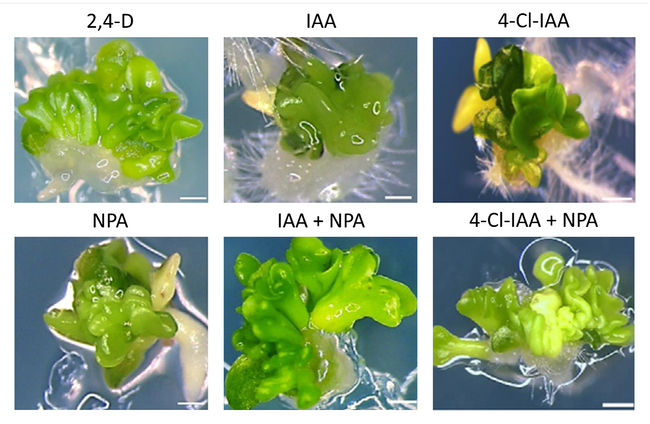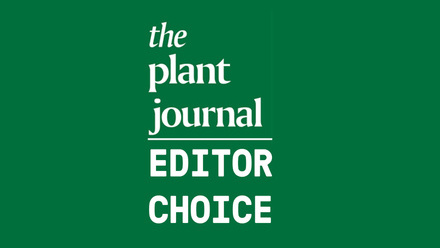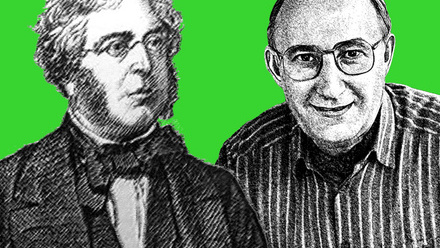March 2024 TPJ Editor choice: Stop the flow: Improving somatic embryogenesis using auxin transport inhibitors
Highlighted publication:
Transient efflux inhibition improves plant regeneration by natural auxins
https://doi.org/10.1111/tpj.16682
Stop the flow: Improving somatic embryogenesis using auxin transport inhibitors
Plants have remarkable regenerative capacity, ranging from the repair of minor damage to the restoration of entire organs and the generation of new individuals. In the 20th century, many attempts were made to harness this capacity to regenerate whole plants from cultured somatic cells, a process now known as somatic embryogenesis. A groundbreaking discovery by Skoog and Miller in 1957 showed that the outcome of regeneration – the formation of roots, shoots or callus – can be precisely controlled by adjusting the balance of the plant hormones auxin and cytokinin. Just a year later, Steward et al. demonstrated that even a single cell from carrot vascular phloem can regenerate an entire plant, highlighting the astonishing regenerative potential of somatic cells.
We now know that this process relies on dedifferentiation of somatic cells into embryonic stem cells. Current protocols induce the formation of embryonic cells or callus by cultivating plant tissue on an auxin-rich medium. The synthetic auxin 2,4-dichlorophenoxyacetic acid (2,4-D) stands out as the most effective inducer of somatic embryogenesis, whereas other synthetic auxins like 1-naphthaleneacetic acid (1-NAA) and natural auxins such as indole-3-acetic acid (IAA) yield inferior results. However, the underlying reasons for 2,4-D's superior efficacy have remained elusive.
Karami et al. used Arabidopsis immature zygotic embryos derived from cotyledon epidermal cells to study the effects of auxin on somatic embryogenesis. Given that 2,4-D is a poor substrate for auxin efflux, they examined the impact of the auxin efflux inhibitor naphthylphthalamic acid (NPA) on the efficacy of various synthetic and natural auxins to induce embryo formation. Strikingly, combined treatment with IAA and NPA was as effective in generating somatic embryos as treatment with 2,4-D (Fig. 1). NPA also enhanced the efficacy of other natural and synthetic auxins, with highest embryo numbers observed for a combination of 4-chloroindole-3-acetic acid (4-Cl-IAA) and NPA, demonstrating that many auxins can efficiently induce somatic embryogenesis when auxin efflux is inhibited, likely due to increased intracellular auxin levels.
Auxin efflux is mediated by PIN-FORMED (PIN) auxin efflux carriers as well as ABCB transporters, both of which may impede the efficiency of auxin-induced somatic embryogenesis. Among PINs, only PIN1 and PIN2 expression was detected during the culture of immature zygotic embryos. Mutations in either gene, however, did not improve IAA-induced somatic embryogenesis; the pin1 mutant exhibited a reduction in embryo formation, whereas no significant changes were observed in pin2. Conversely, an abcb1 abcb19 double mutant produced significantly more embryos upon IAA treatment than the wild type, suggesting a more prominent role for ABCB transporters during the induction of somatic embryogenesis.
Following successful induction of embryonic callus, the transfer to auxin-free medium is an important step for proper embryo patterning and a successful embryo-to-seedling transition. However, only 50-60% of embryos induced by 2,4-D gave rise to viable seedlings, and the regenerated plants displayed large variability in shoot growth and time to bolting. Treatment with natural auxins plus NPA resulted in a 100% embryo-to-seedling conversion rate and the regeneration of healthy, uniform plants. Thus, while 2,4-D proves effective as an inducer of somatic embryogenesis, it interferes with later stages of plant development, likely due to prolonged exposure to high auxin concentrations. These adverse effects can be circumvented by employing natural auxins and NPA.
The efficacy of NPA in combination with natural auxins for tissue regeneration extends beyond Arabidopsis; the combined treatment also efficiently induced somatic embryogenesis from carrot suspension cells and substantially enhanced de novo shoot regeneration in Brassica napus, suggesting its broad applicability across different species. The authors anticipate widespread adoption of efflux-inhibited natural auxins for plant regeneration, particularly by researchers encountering difficulties with 2,4-D-based protocols. They acknowledge, however, the need to consider differences in turnover or inactivation rates of natural auxins in target tissues and stress the importance of exploring various concentrations of natural and synthetic auxins in combination with NPA to optimise specific protocols. Nevertheless, substituting efflux-inhibited natural auxins for 2,4-D holds promise for substantial improvements in current plant regeneration procedures.

Figure 1. Reducing auxin efflux enhances the effectiveness of natural auxins in somatic embryogenesis.
Representative images of somatic embryos produced from Arabidopsis immature zygotic embryos by treatment with 5 μM 2,4-dichlorophenoxyacetic acid (2,4-D), 5 μM indole-3-acetic acid (IAA), 5 μM 4-chloroindole-3-acetic acid (4-Cl-IAA), 10 μM naphthylphthalamic acid (NPA) and combinations of 5 μM IAA + 10 μM NPA and 5 μM 4-Cl-IAA + μM NPA, respectively. Explants were grown on auxin-containing medium for 2 weeks and subsequently transferred to auxin-free medium for 1 week. Figure modified from Karami et al.




